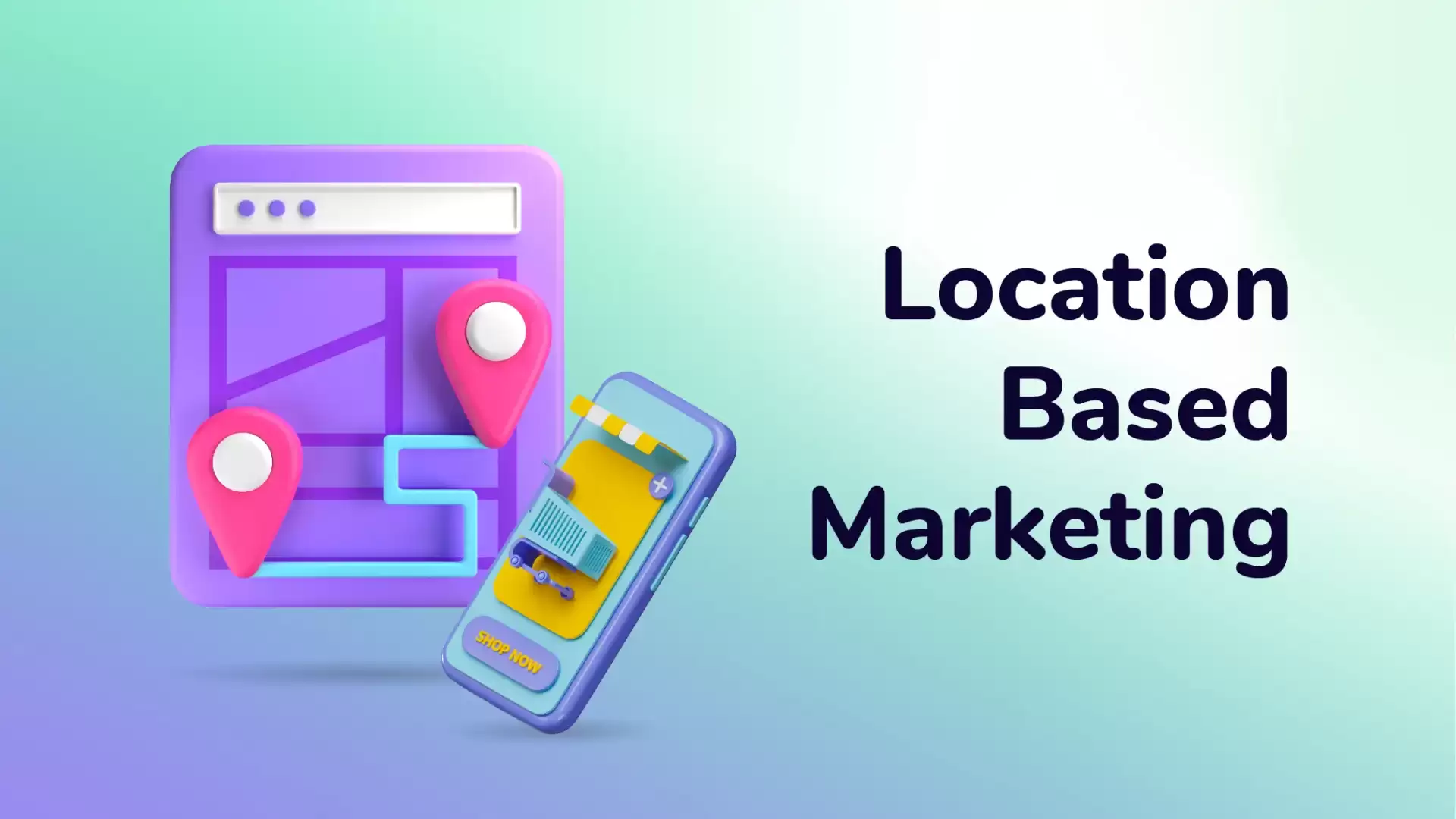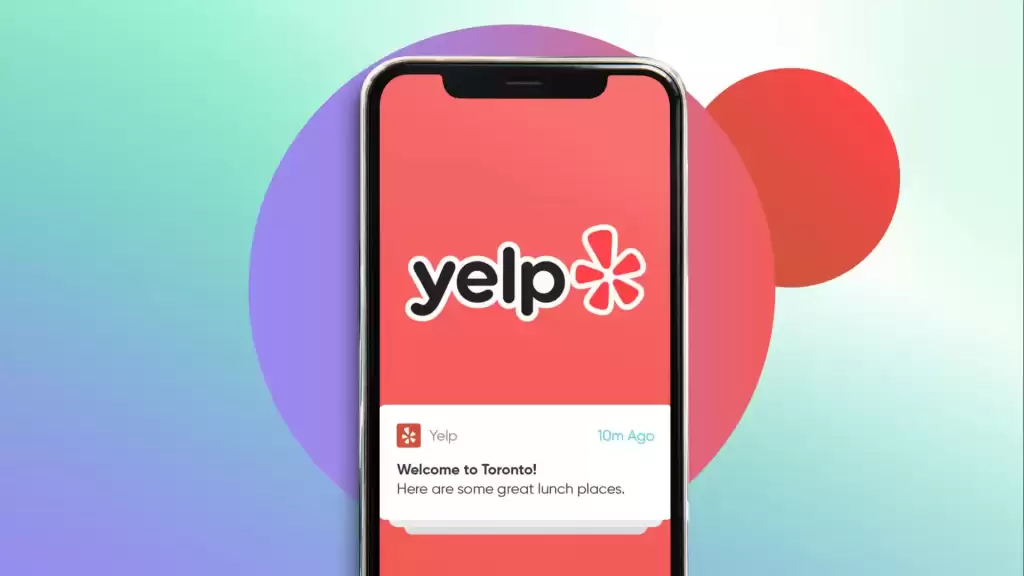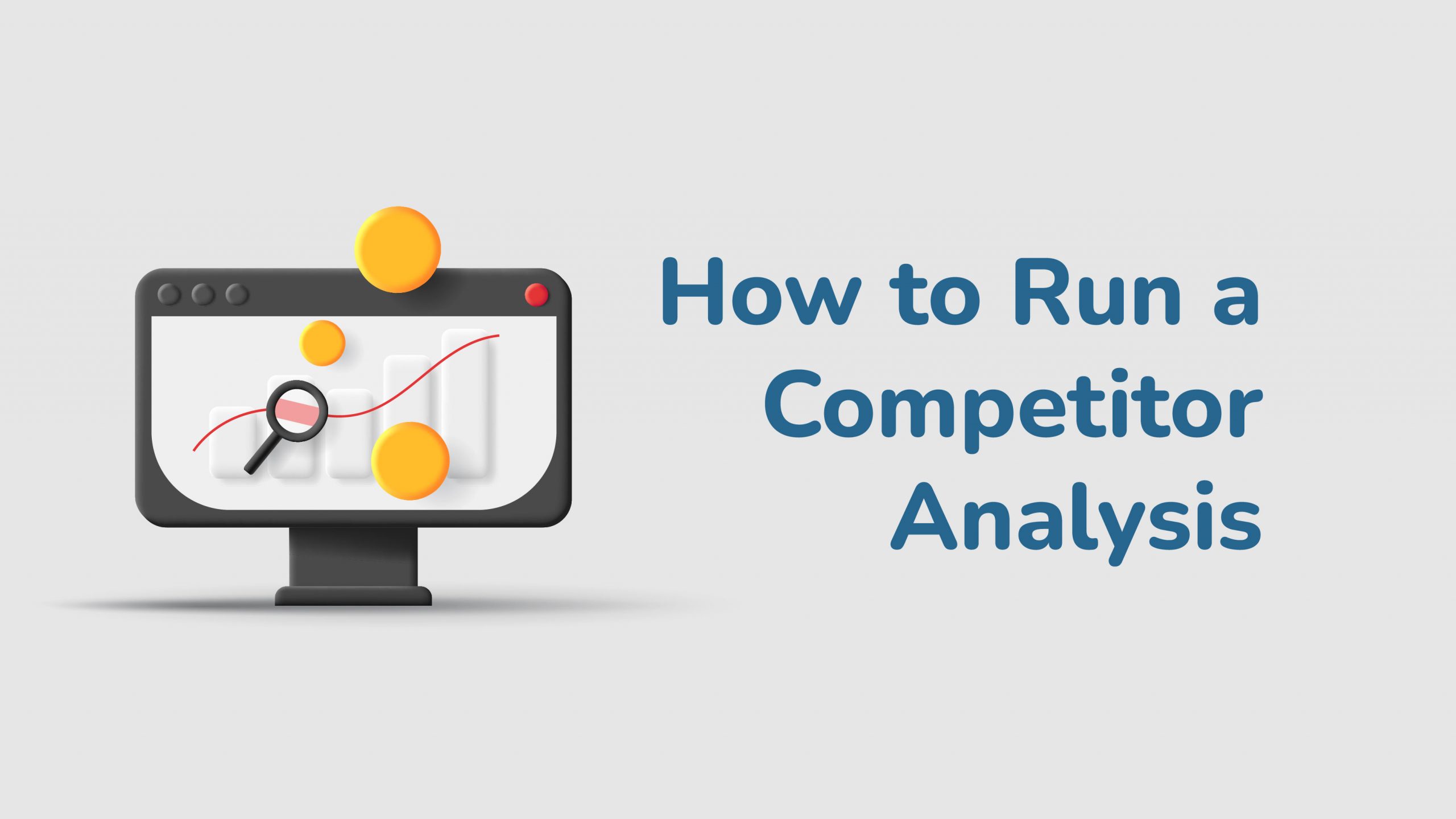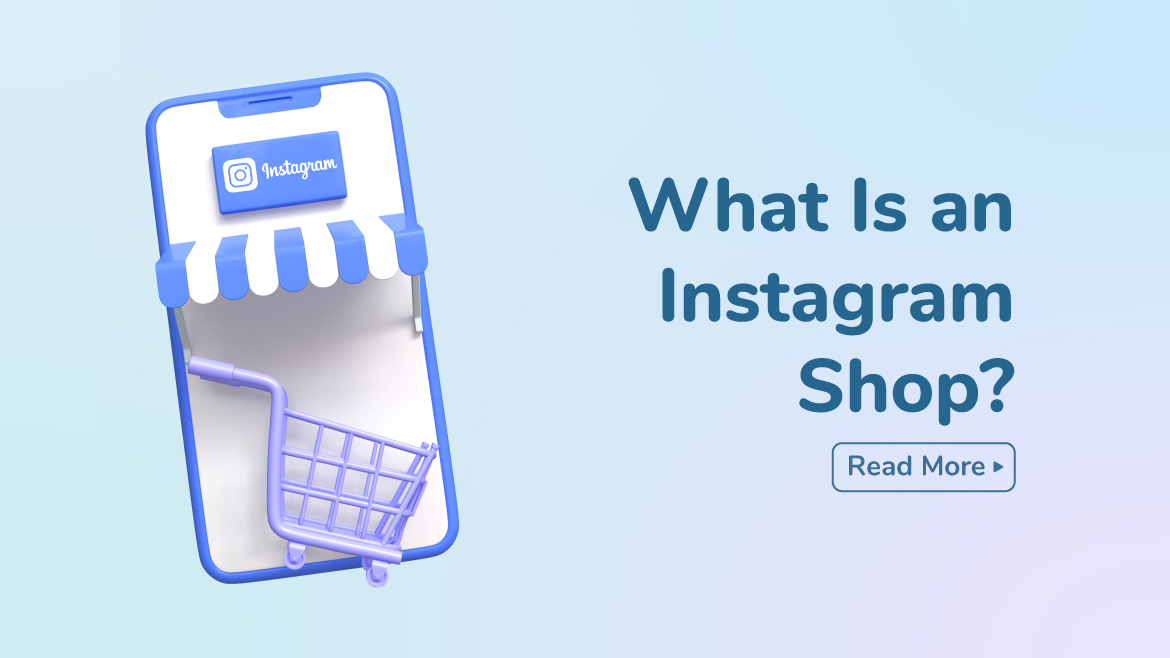Impact of Location Based Marketing on ADS

- What is Location Based Marketing?
- Types of Location Based Marketing
- Examples of Location Based Marketing in Ads
- Benefits & Disadvantages of Location Based Marketing
Due to today’s technology and the use of social communication channels, devices, and location information have become very important. Because users spend almost 5-6 hours a day with their phones or computers. Being able to use all the possibilities of advertising while doing digital marketing will save you time and money. Therefore, we recommend that you use technology to your advantage by doing location based marketing. You can also do this through Facebook Marketplace.
At the same time, location-based forwarding determines the location through the specified URL and redirects to the relevant language. In other words, when doing location based marketing, it is more possible to target a global impact and get more interaction in a short time by targeting a more specific location. Let’s discuss the reasons to use location based marketing…
What is Location Based Marketing?
Digital location marketing is a marketing method that varies according to the location of potential customers. Rather than treating customers as a monolithic entity, location based marketing adapts to certain social, cultural, and personal characteristics of customers by making assumptions about their habits and preferences based on where they are at any given moment.
Technological advances have allowed companies to learn more about the locations of their customers and target those customers individually.
Types of Location Based Marketing

Technological developments create variables that directly concern digital advertising. For example, people can now do many transactions with wristwatches without even picking up their phones. As we developed with extra devices like this, it became essential to base on location as the internal technology of the devices advanced, and the types began to increase. Because as devices track location, opportunities open up for advertisers.
The devices collect a lot of data from users based on location. It goes without saying how important this data is for advertising. This data makes the user experience routable and improvable. Let’s examine the types of location based marketing.
1. Mobile Targeting
Location based service marketing can also be conducted on mobile. We call this location based mobile marketing. Advertisers should not lose sight of mobile devices when targeting digital. Because mobile ads can reach the consumer perhaps in the fastest and most special areas. You also don’t want to turn users off from your ads and give them a bad impression, one of the best ways to personalize and make the experience user-friendly is with mobile targeting.
Mobile targeting allows users to target locations that they’ve entered, such as a city, store, or living space. For example, in places where they can see your brand, it will be essential to remind them of yourself from the device. If you want, you can target customers who come to your own company and pass by. In this way, you can save time by establishing quick communication with users and targeting their devices. In addition, this way will give you more advertising returns.
2. Geofencing
Geofencing means territorial delimitation. In other words, users who fall within the limits set by the advertiser form the target audience of the digital ad. People who fall within this limit will receive a message from the advertiser. This message can consist of some kind of campaign, product information, and creative and interesting content. It works based on real-time location data.
You can use geofencing using GPS technology. In the effective use of Geofencing, you reach every user who enters the limit. The best feature of this type of location based marketing is that you can target certain places such as shopping malls, businesses, and shops to reach a user and you do not spend unnecessary advertising outside these limits. While it’s a less elaborate form of marketing, the real detail is the ability to limit territory.
3. Geotargeting

The use of social networks, web searches, IP addresses, and smartphones to target ads and information to a user’s location is called geotargeting. This method of marketing is no longer unique to large businesses with large digital marketing budgets.
Small and medium-sized companies can quickly partner with search engines and social networking companies like Google, Bing, Foursquare, or Facebook to tailor their messaging to your customers. For example, a restaurant owner can sign up for Google Maps, a GPS app used on smartphones, for free. When customers search for directions or search for a restaurant in the area, the restaurant appears in the Google Maps app.
Location-based marketing offers significant advantages for businesses. Because it ensures that the target audience is quickly aware of the product or service and directs them to the nearest point of purchase. To achieve this, you can review location based marketing plans for operators or integrate ads for popular check-in apps like Swarm.
In the location based marketing technique, a method of providing a specific reward or incentive promotion for nearby customers is chosen. Capturing users in the mobile environment with location patterns is one of the most important issues that marketers are interested in… Increasingly, location-based infrastructures will be tailored to customers; In other words, we can think that the campaigns that create the combination of advertising and digital media through the right place, time and location will be organized in the near future.
4. Beacon Technology
What is a pointer? They are beacons that use Bluetooth and Wifi connections to use various applications that are included in the location limits. Sensible use of this technology is more possible for small spaces. Advertisers can get the maximum benefit by using this method for much more restricted areas.
There are some things in location based marketing that are necessary for beacons to work healthily. These include central servers. That is, the markers transmit the signal to the center through the links. A notification comes from the center to the user’s device. It depends on the content advertiser that I know. The form of the notification also depends on the advertiser, which can be: email, sms, etc… But since connections such as Bluetooth and Wifi must be open, you may not be able to reach every person you think you are reaching at any time.
Location-Based Apps
As for location-based applications, these are Yandex-Google Maps, Instagram’s location-based features, Foursquare, Swarm, Yelp, and Snapchat’s new feature Snap Map. These are apps that aim to share geolocation information and socialize through it. Yes, the goal is for users to interact with each other, but it would not be wise to miss the location based marketing opportunity here.
Any user who has reported a location to their friends can be considered to have notified you. If you want to target users in the same location, you’ll have a data map. In short, it is both easy and smart to benefit from location-based apps in location based marketing.
Examples of Location Based Marketing in Ads
We can cite AccuWeather, which is a common example. Combining location based marketing with a sensible partnership effort, AccuWeather began partnering with Airship to produce weather notifications. Using Airship to deliver important weather forecasts and emergency warnings, AccuWeather was able to get ahead of its other sources.

For another example, we can give Yelp. Yelp strengthens the bond with the user by providing them with some valuable resources. By mapping out its users’ journey, Yelp was able to serve them within their needs.

Another example is Sephora. He promotes a free service and invites a nearby customer to his store. With such attractive offers and perhaps offers that may be useful to the user at that moment, the advertiser succeeds.
Benefits & Disadvantages of Location Based Marketing
Location-based marketing offers significant advantages for businesses. Because it ensures that the target audience is quickly aware of the product or service and directs them to the nearest point of purchase. To achieve this, you can review location based marketing plans for operators or integrate ads for popular check-in apps like Swarm.
In the location marketing technique, the method of providing a certain reward or incentive promotion for nearby customers is chosen. Trends are important in location based marketing. Capturing users in the mobile environment with location patterns is one of the most important issues that marketers are interested in… Increasingly, location-based infrastructures will be tailored to customers; In other words, we can think that the campaigns that create the combination of advertising and digital media through the right place, time and location will be organized in the near future.
To mention the disadvantages; participation requirements, inappropriate targeting, etc. It is also necessary to take into account that not everyone uses a smartphone. In addition, some location data may be ineffective or unnecessary expenditure may be made if the location data does not work properly.

What is the Importance of Location Based Marketing?
Users who are the focus of personalized targeting are exposed to more effective targeting, creating practical conversions. You’re also more likely to gain an edge over the competition with this innovative method.



I am so grateful for your blog.
Thanks for your kindness Karen.
Thanks for the blog post.Really thank you! Keep writing.
Thanks Bernardo, stay tuned to learn more about digital marketing!